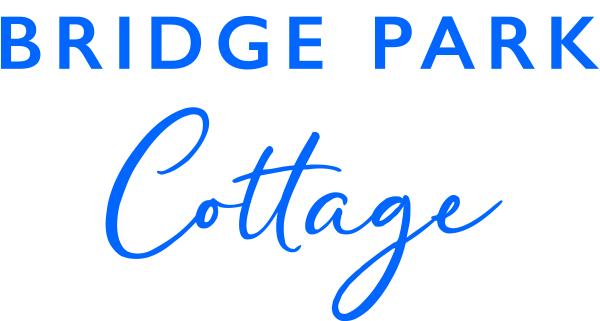Glen Lochay (Scottish Gaelic: Gleann Lòchaidhis) one of the most ‘unspoiled’ glens; running almost due East West and is about 20 miles long. It is an area of outstanding natural beauty and is renowned as one of Scotland’s most beautiful and ancient glens it remains a little known jewell offering complete privacy and seclusion to offer visitors.
As you come out of the village and cross the bridge and turn into the glen the first building on the left is Bridge Park self catering holiday cottage and there is a feeling of having stepped back in time.
The lower slopes of tto you right are an ancient woodland, once royal Forest of Mamlorn, that has changed little over the centuries. There are no ‘forestry plantations’ but rather sympathetic planting of various native deciduous and conifer varieties that attract a wide range of wildlife.
To the left is the flat, fertile farm land that straddles the River Lochay and is still worked, mainly for grazing sheep and cattle. There is route of a seven-mile walk through this “delightful and remote glen”.
The top of Glen Lochay
At the top of the glen the views are breathtaking and the River Lochay rises out of Lochan Charilein the grassland around which has been used for summer grazing since the middle ages. There are still the foundations of eighteen of the shieling-huts that were summer dwelling on a seasonal pasture high in the hills, particularly for shepherds.
Steeped in ancient Scottish clan history being a significant portion of land once owned by both the Earls of Breadalbane and Earls of Atholl. It’s said that Robert the Bruce roamed here as a fugitive after his defeat by Alistair MacDougall of Lorne in 1306.
Today a tarmac road runs up the glen as far as Kenknock Farm and there is no vehicular access beyond this point. A track leads further up the glen past cottages at Badour, then Batavaime farm, the last occupied building in Glen Lochay. The ruins of cottages can be seen higher up the glen, these were vacated long ago. (click on the farm names for suggestions for walks)


